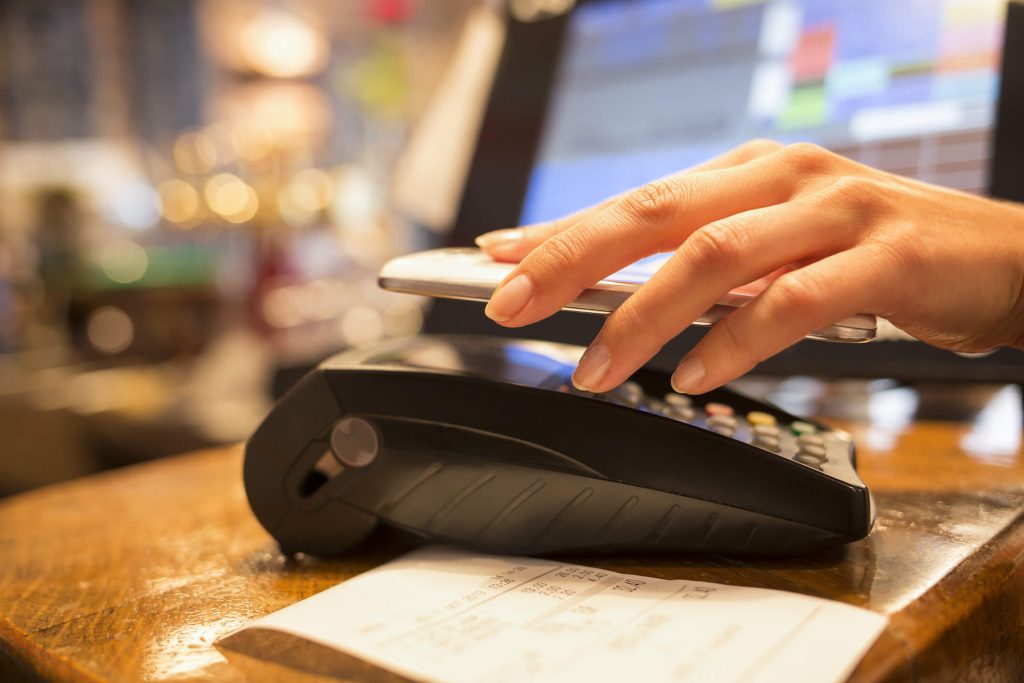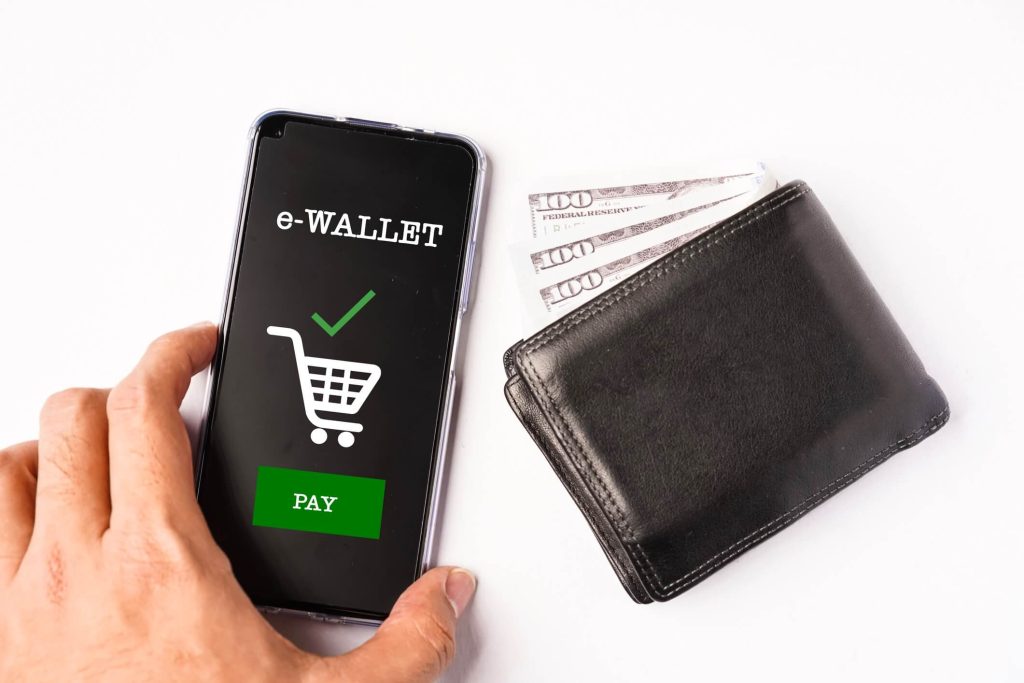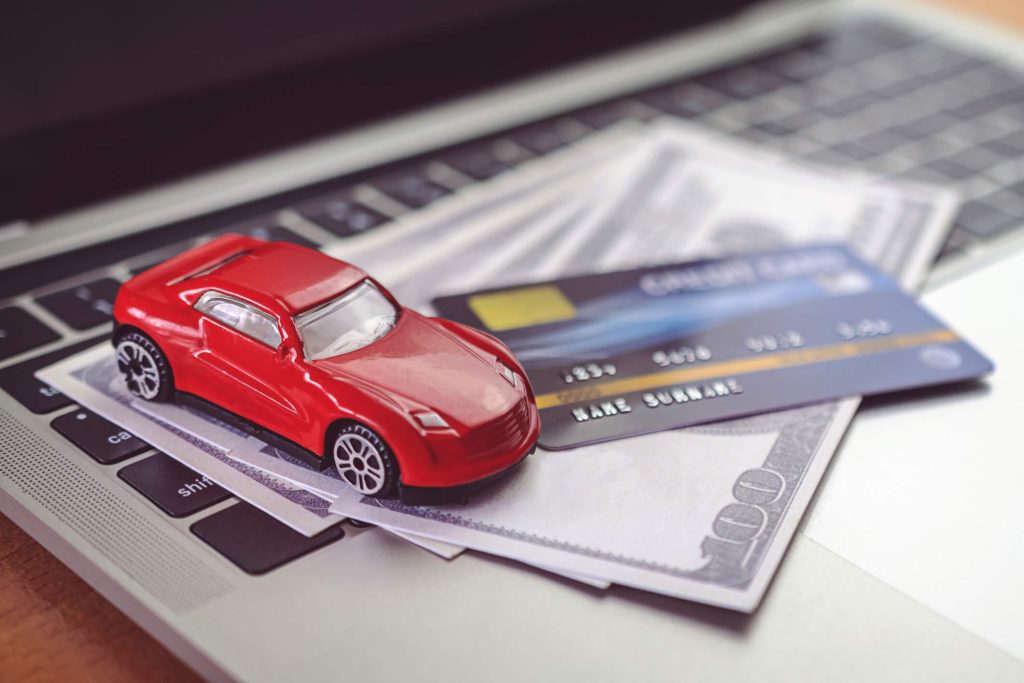The automotive industry has always been at the forefront of technological advancements, constantly striving to enhance the customer experience. In recent years, payment technology has emerged as a key area of innovation for auto businesses. With the rise of digital transactions and changing consumer preferences, automobile merchant services have undergone a significant transformation. In this article, we will explore the latest innovations in payment technology for Auto businesses that are revolutionizing the way auto businesses operate, ensuring seamless transactions and improved customer satisfaction.
The Innovations in Payment Technology for Auto Businesses
Over the years, the auto industry has witnessed a remarkable innovations in payment technology for Auto businesses. Gone are the days when customers had to rely solely on cash or traditional card payments. Today, auto businesses are embracing a wide range of payment options to cater to the diverse needs of their customers. From contactless payments to mobile wallets, the industry is constantly adapting to the changing landscape of digital transactions.
Contactless Payments

Contactless payments have gained immense popularity in recent years, and the auto industry is no exception. With the introduction of near-field communication (NFC) technology, customers can now make payments by simply tapping their cards or smartphones on a payment terminal. This technology not only offers convenience but also enhances the speed and efficiency of transactions. Auto businesses are increasingly adopting contactless payment systems, allowing customers to make quick and secure payments without the need for physical contact.
Contactless payments have become particularly relevant in the wake of the COVID-19 pandemic, as they minimize the need for physical contact and reduce the risk of spreading the virus. According to a survey conducted by Mastercard, 79% of respondents said they are now using contactless payments, and 74% said they will continue to use them even after the pandemic is over. This shift in consumer behavior has prompted auto businesses to prioritize contactless payment options to meet the changing demands of their customers.
Mobile Wallets

Mobile wallets, such as Apple Pay and Google Pay, have also gained traction in the automotive industry. These digital wallets allow customers to store their payment information securely on their smartphones and make purchases with just a tap or a swipe. Auto businesses can integrate mobile wallet technology into their payment systems, offering customers a convenient and secure way to pay for services and products.
Biometric Authentication

Security is a top concern for both auto businesses and customers when it comes to payment transactions. To address this issue, biometric authentication has emerged as a game-changer in the auto industry. Biometric technologies such as fingerprint and facial recognition offer a higher level of security by verifying the customer’s identity before authorizing a payment. This not only reduces the risk of fraudulent transactions but also provides customers with peace of mind. Auto businesses are incorporating biometric authentication into their payment systems, ensuring secure and reliable transactions.
Blockchain Technology
Blockchain technology, known for its decentralized and transparent nature, is making waves in the auto industry. By leveraging blockchain, auto businesses can streamline their payment processes, reduce transaction costs, and enhance the overall efficiency of their operations. Blockchain enables secure and tamper-proof transactions by creating a decentralized ledger that records every payment transaction. This technology also allows for faster settlement times and eliminates the need for intermediaries, resulting in cost savings for both auto businesses and customers.
The Rise of Virtual Reality in Auto Showrooms
In addition to transforming payment technology, innovations in the auto industry extend to the showroom experience as well. Virtual reality (VR) has gained traction in auto showrooms, offering customers a unique and immersive way to explore vehicles and make purchasing decisions. With VR technology, customers can virtually sit inside a car, customize its features, and even take it for a virtual test drive. This not only enhances the customer experience but also allows auto businesses to showcase their products in a more engaging and interactive manner.
Benefits of Advanced Payment Technology for Auto Businesses
Advanced payment technologies bring a multitude of benefits to both businesses and consumers, particularly in sectors like the automotive industry, where the efficiency and security of transactions are paramount. Here’s a deeper look into the benefits of these technologies:
Enhanced Customer Experience
Streamlined, quick payment processes lead to higher customer satisfaction and loyalty.
Increased Security
Modern payment technologies offer advanced security features, reducing the risk of fraud and theft.
Streamlined Operations
Automated and digital payment solutions simplify financial operations, allowing auto businesses to focus on their core services.
FAQ’s
Q 1: What are the most popular payment technologies currently used by auto businesses?
Auto businesses today leverage a variety of payment technologies to cater to diverse customer preferences and enhance transactional efficiency. The most popular ones include:
- Contactless Payments: These allow customers to make payments by tapping their card or smartphone near a point-of-sale system without needing physical contact. The technology uses NFC (Near Field Communication) to facilitate transactions quickly and securely.
- Mobile Payments: Services like Apple Pay, Google Wallet, and Samsung Pay enable customers to store their payment information on their smartphones and pay with a simple tap or scan. This convenience is increasingly preferred for its speed and ease of use.
- Credit and Debit Cards: Still widely used for their universality and the familiarity customers have with them. They are accepted virtually everywhere and offer various security features, such as EMV chips and contactless payment options.
- Digital Wallets and Apps: Many auto businesses are developing their own apps or digital wallets, which can streamline the payment process, offer loyalty rewards, and provide customers with a more personalized experience.
Q 2: How do cryptocurrency payments work in the auto industry?
Cryptocurrency payments in the auto industry are still in the nascent stages but are gradually gaining traction due to their potential for security, transparency, and global reach. Here’s how they work:
- Acceptance: Auto businesses that accept cryptocurrencies usually do so through a digital payment platform that supports crypto transactions. Customers can pay with their digital wallet by scanning a QR code or sending their payment to the business’s digital wallet address.
- Conversion: To mitigate the volatility of cryptocurrencies, many businesses instantly convert crypto payments into their local currency through their payment processor. This allows them to avoid the risk of price fluctuations.
- Benefits: Transactions are secure and transparent due to the blockchain technology underlying cryptocurrencies. They also offer lower transaction fees compared to traditional payment methods and enable access to a global customer base.
Q 3: What are the main benefits of digital wallets for customers?
Digital wallets offer several key benefits for customers, including:
- Convenience: Customers can make payments swiftly without the need to carry physical cards or cash. Digital wallets consolidate multiple payment methods and loyalty cards into one application, streamlining the payment process.
- Security: Enhanced security features, such as encryption and tokenization, protect users’ financial information from fraud and theft. Biometric authentication (fingerprint or facial recognition) adds an extra layer of security.
- Rewards and Incentives: Many digital wallets offer rewards, cashback, and other incentives to users, encouraging their continued use and offering tangible benefits over traditional payment methods.
- Budgeting and Tracking: Digital wallets can help users track their spending and manage their finances by providing instant access to transaction history and spending patterns.
Q 4: How can auto businesses ensure the security of digital payments?
Auto businesses can ensure the security of digital payments by implementing a multifaceted approach:
- Compliance with Payment Card Industry Data Security Standards (PCI DSS): Adhering to these standards helps in protecting payment data through encryption, secure network configurations, and regular security assessments.
- Using Secure Payment Processors: Partnering with reputable payment processors that offer advanced security features, such as fraud detection algorithms, tokenization, and secure socket layer (SSL) encryption.
- Educating Customers: Informing customers about secure payment practices, such as using strong passwords, recognizing phishing attempts, and verifying the security of payment platforms.
- Regular Security Audits and Updates: Conducting regular security audits and ensuring that all payment systems and software are up to date with the latest security patches and features.
Q 5: What future payment technologies are expected to become mainstream in the auto industry?
Several emerging payment technologies are expected to gain prominence in the auto industry, including:
- Biometric Payments: Utilizing fingerprints, facial recognition, or retina scans for payment authentication, offering enhanced security and convenience.
- Blockchain and Smart Contracts: Beyond cryptocurrencies, blockchain technology can facilitate secure, transparent transactions and smart contracts for auto sales and services.
- Voice-Activated Payments: Integration with voice assistants to enable hands-free payments through voice commands, enhancing the user experience.
- Augmented Reality (AR) Payments: AR could revolutionize the shopping experience by allowing customers to view and interact with products virtually before making secure in-app purchases.
- Internet of Things (IoT) Payments: With connected cars, IoT technology could enable automatic payments for tolls, parking, and even fuel or charging, directly from the vehicle.
Conclusion
In conclusion, the auto industry is witnessing a rapid transformation in payment technology, with innovations such as contactless payments, mobile wallets, biometric authentication, blockchain technology, and virtual reality revolutionizing the way auto businesses operate. These advancements not only offer convenience and security but also enhance the overall customer experience. As the industry continues to evolve, it is crucial for auto businesses to embrace these innovations and stay ahead of the curve to meet the changing demands of their customers.
